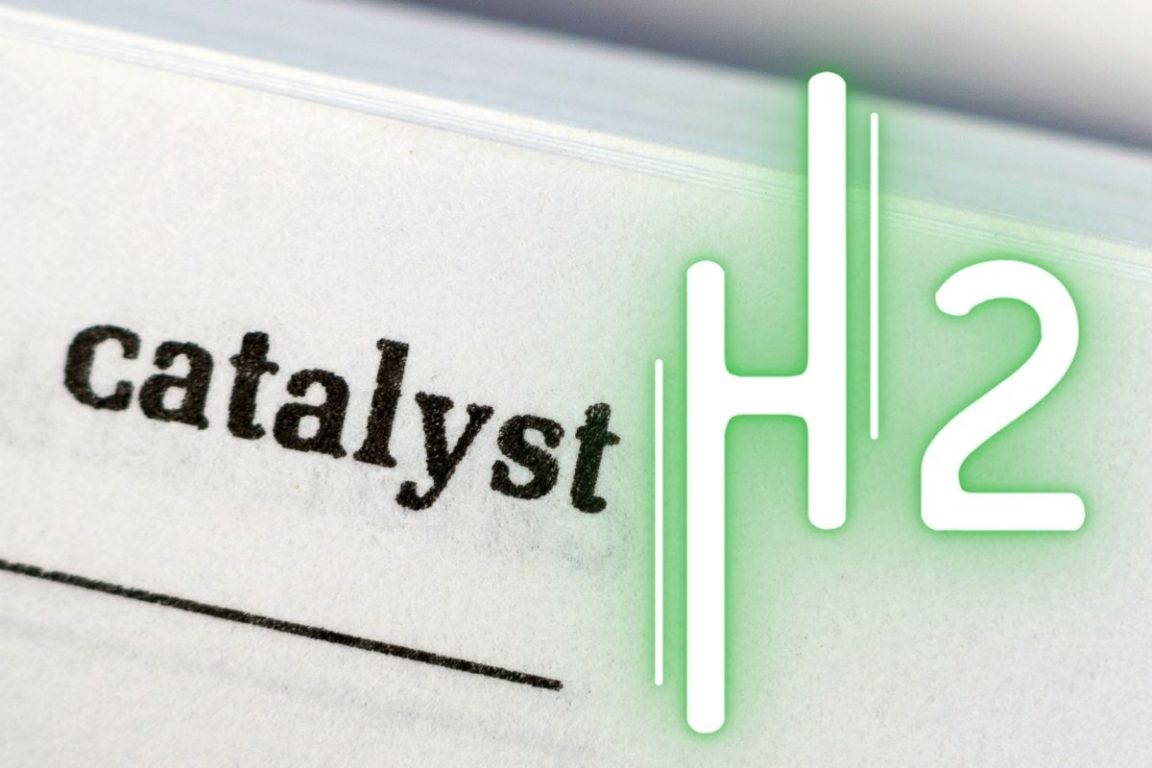
The Role of Earth-Abundant Catalysts in Making Green Hydrogen Even Cleaner
April 30, 2024 0 By Erin KilgoreIn the relentless quest for sustainable and green energy solutions, a groundbreaking discovery by researchers led by Ryuhei Nakamura from the RIKEN Center for Sustainable Resource Science (CSRS) in Japan has signaled a monumental shift. The team’s innovative development of a longer-lasting earth-abundant catalyst for Proton Exchange Membrane (PEM) electrolysis presents a promising leap towards realizing a sustainable hydrogen-based energy economy.
A Leap Towards Sustainability in Green Hydrogen Production
The Genesis of a Green Catalyst
Nearly two years after their initial discovery that revolutionized acid water electrolysis without relying on rare earth metals, Nakamura and his team have achieved another significant milestone. By enhancing the stability of their previously developed process, they have set the stage for more practical applications of green hydrogen production.
Their refined catalyst, constituted of manganese oxide (MnO2), underpins this evolution. The breakthrough hinges on the manipulation of the catalyst’s 3D structure to augment its stability, extending its lifespan by a staggering 4,000%.
Critical Advancements in Catalyst Stability
The new catalyst developed for green hydrogen production marks a notable improvement in how efficiently water can be split into hydrogen and oxygen, a process essential for sustainable energy. By making a specific change to the structure of manganese oxide used in the catalyst, its ability to maintain the water-splitting reaction has been greatly enhanced, achieving over forty times the stability of previous methods. Specifically, one version of this catalyst, with a high level of a certain type of oxygen (94%), showed an extraordinary ability to keep the reaction going under tough conditions for an entire month without faltering.

A good way to envision this improvement in the creation of green hydrogen is by comparing it to the process of baking a cake. The new catalyst is like an improved recipe that not only makes the cake tastier but also allows it to stay fresh for much longer. The special ingredient here is a common metal, manganese, tweaked just right to make the recipe work better. This tweak helps in producing hydrogen from water more efficiently and steadily for longer periods, without needing a break. Imagine a baking process that’s not only better but can go on for a whole month non-stop, making more of the good stuff we want—clean energy.
Implications for PEM Electrolyzers
When incorporated into a PEM electrolyzer, the new catalyst maintained water electrolysis for about six weeks at 200 mA/cm^2, heralding an order-of-magnitude improvement over previous non-rare metal catalysts. This unprecedented advancement paves the way for efficient and sustainable hydrogen production, a critical component of green hydrogen initiatives.
The Path Forward
Despite these exciting findings, there’s still a hurdle to overcome before these catalysts can be applied on a large scale in industries. The challenge lies in achieving the level of durability needed for these catalysts to work for years on end in real-world conditions. Currently, the catalysts need to reach a performance mark of 1000 milliamperes per square centimeter (mA/cm^2) to ensure they can operate continuously for several years, which they haven’t achieved yet. However, Nakamura’s team remains hopeful. They are working on further improving the catalyst’s design to not only meet this high level of performance but also to make the catalyst last longer. Their goal is to reach a point where we won’t even need to use expensive and rare materials like iridium for producing hydrogen through water electrolysis.
Why It Matters
This breakthrough is a beacon of hope for not only the green energy sector but also for global carbon neutrality efforts. The advancement towards a viable and sustainable solution for hydrogen production underscores the potential of green hydrogen as a pivotal player in the transition to clean energy.
By championing the use of earth-abundant materials in hydrogen production, this research mitigates dependency on rare metals, aligning with broader sustainability goals and fostering resilience in the face of resource constraints.
Conclusion
 One of the most compelling aspects of this breakthrough in green hydrogen production is its significant reduction in the need for precious metal catalysts, such as iridium, which are both costly and scarce. Mining for these metals not only involves significant environmental disruption but also contributes to the constraints and vulnerabilities of the supply chain, affecting the scalability and sustainability of hydrogen production technologies. The development of a manganese oxide-based catalyst is a game-changer in this context, as manganese is far more abundant and environmentally benign.
One of the most compelling aspects of this breakthrough in green hydrogen production is its significant reduction in the need for precious metal catalysts, such as iridium, which are both costly and scarce. Mining for these metals not only involves significant environmental disruption but also contributes to the constraints and vulnerabilities of the supply chain, affecting the scalability and sustainability of hydrogen production technologies. The development of a manganese oxide-based catalyst is a game-changer in this context, as manganese is far more abundant and environmentally benign.
“Scaling up PEM electrolysis to the terawatt scale would require 40 years’ worth of iridium, which is certainly impractical and highly unsustainable,” Nakamura elaborates on the urgency of finding alternatives to precious metals. This statement underscores the pivotal nature of their work in addressing one of the most critical bottlenecks in the path toward a sustainable energy future.
By significantly lessening the sector’s dependence on rare metals, this innovation promises to lower the cost of green hydrogen production. Economically, it accentuates the viability of hydrogen as a key energy carrier in a future low-carbon economy. Environmentally, it represents a stride towards reducing the ecological impact associated with mineral extraction and processing.
Ready to test your knowledge on the most abundant element in the universe? Take our fun and engaging Hydrogen Quiz now! [forminator_quiz id=”58712″]
About The Author
Meet Erin, a seasoned writer with 12 years of experience in the field of alternative energy. With numerous publications under her belt, Erin is considered an expert in the industry. Her passion for...



 HFN News is your leading source for fresh hydrogen and renewable energy updates. Amid the fast-paced growth of hydrogen companies, we provide top-notch news and insights about this exciting sector. Our coverage spans from hydrogen cars to global sustainable initiatives, and we highlight the latest in green jobs and developing hydrogen hubs. We invite you to share your local hydrogen news and explore today’s renewable energy job listings on our site. Thanks for choosing HFN News as your trusted guide to the hydrogen and renewable energy world!
HFN News is your leading source for fresh hydrogen and renewable energy updates. Amid the fast-paced growth of hydrogen companies, we provide top-notch news and insights about this exciting sector. Our coverage spans from hydrogen cars to global sustainable initiatives, and we highlight the latest in green jobs and developing hydrogen hubs. We invite you to share your local hydrogen news and explore today’s renewable energy job listings on our site. Thanks for choosing HFN News as your trusted guide to the hydrogen and renewable energy world!
